Scientist of the Day - William Parsons
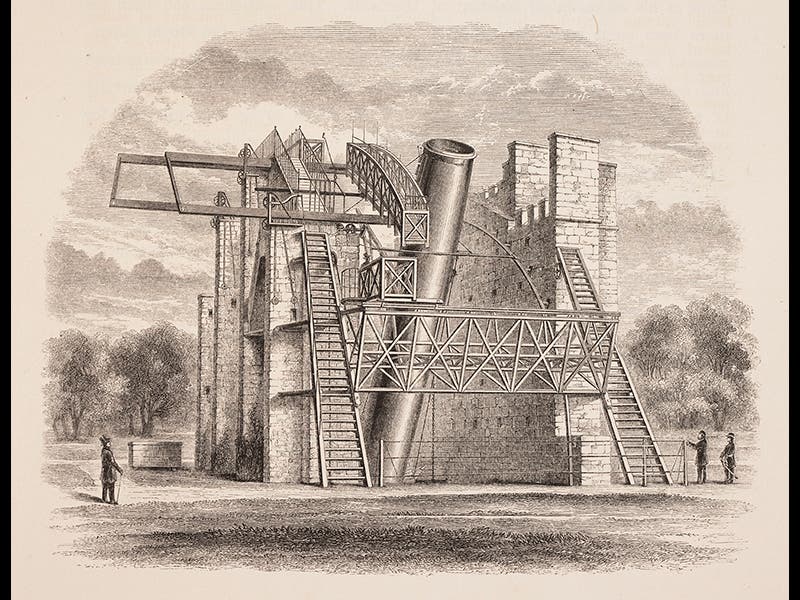
William Parsons, the third Earl of Rosse, was born June 17, 1800. Rosse was a wealthy Irish landowner who longed to be an astronomer, and in 1844 he erected at Birr Castle, his estate in Parsonstown, what was then the world's largest reflecting telescope, with a mirror six feet across (see first image above). The mirror was ground from a blank of "speculum", a metal alloy of copper, tin, and arsenic that is highly reflective, and which Rosse poured in his own foundry. With this instrument, which the local folk called the "Leviathan of Parsonstown," Rosse was able to greatly magnify the nebulae that had been perplexing astronomers for a century, and he discovered that some of the nebulae have a spiral structure. The nature of spiral nebulae would be debated for a further eighty years, until Edwin Hubble in 1924 showed that they are galaxies just like the Milky Way. The first spiral nebula observed and sketched by Rosse in 1844 was M51 (second image). Because it resembled a large eddy with a smaller eddy attached, it came to be known as the Whirlpool Nebula, and its image was soon included in popular astronomy books of the time, such as John Nichol’s Stellar Universe (1848; third image). The remains of the 72” Leviathan telescope are still with us (fourth image). So is M51 (fifth image, as seen by the Hubble Space Telescope).
Dr. William B. Ashworth, Jr., Consultant for the History of Science, Linda Hall Library and Associate Professor, Department of History, University of Missouri-Kansas City. Comments or corrections are welcome; please direct to ashworthw@umkc.edu.

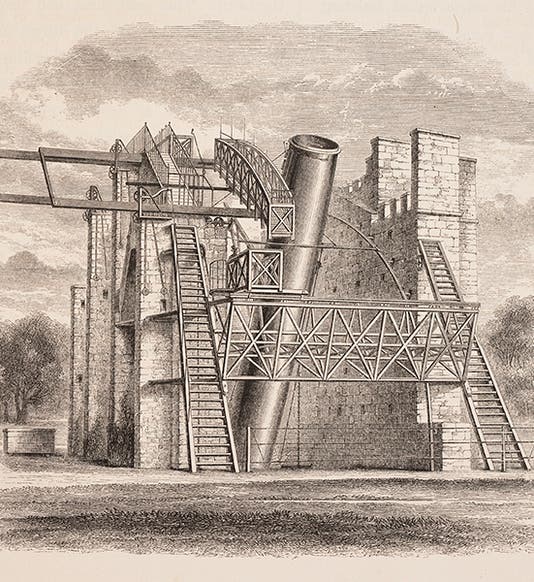
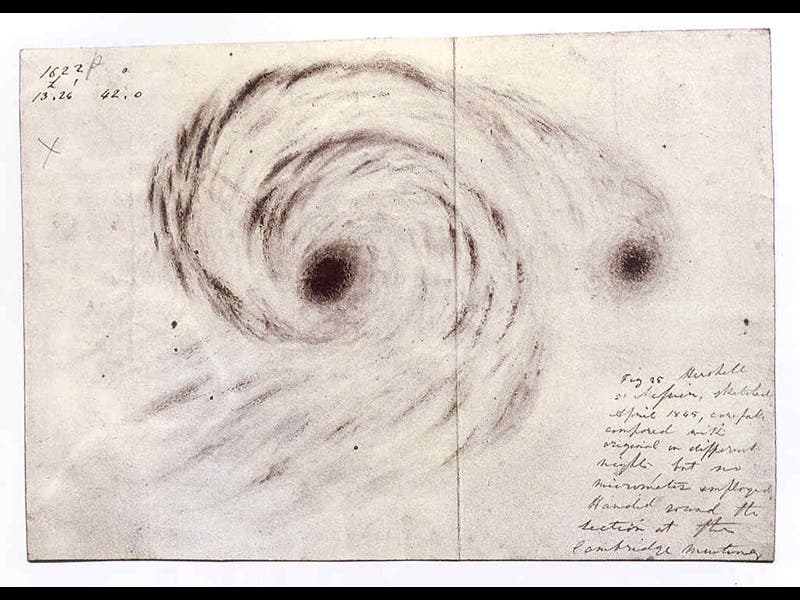
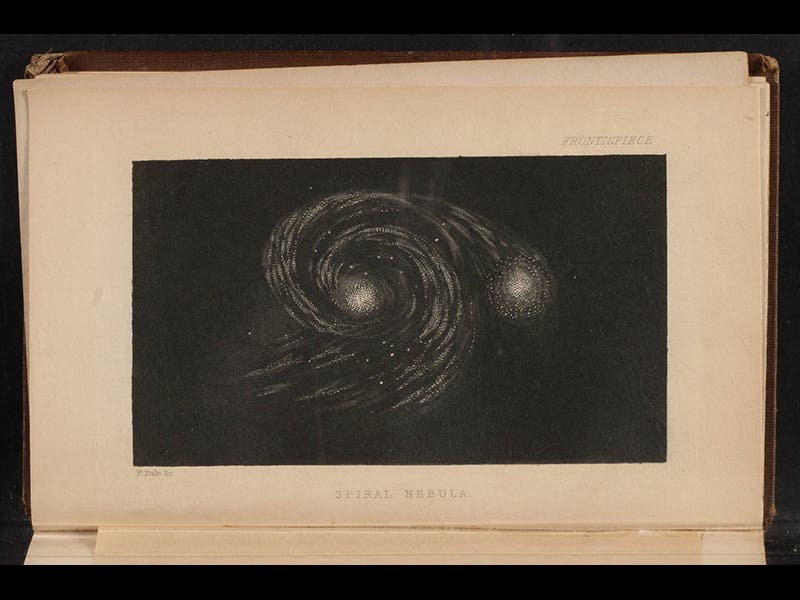
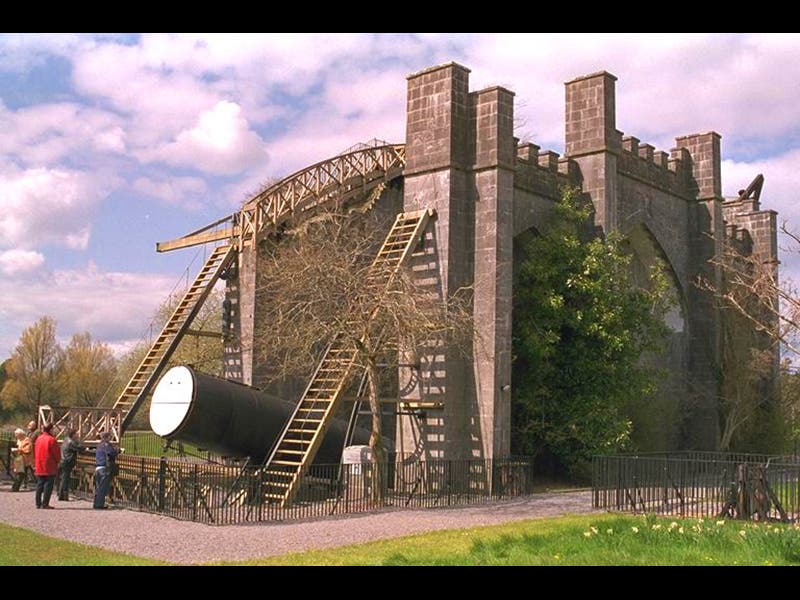



![Columbine, hand-colored woodcut, [Gart der Gesundheit], printed by Peter Schoeffer, Mainz, chap. 162, 1485 (Linda Hall Library)](https://assets-us-01.kc-usercontent.com:443/9dd25524-761a-000d-d79f-86a5086d4774/3829b99e-a030-4a36-8bdd-27295454c30c/gart1.jpg?w=210&h=210&auto=format&fit=crop)

